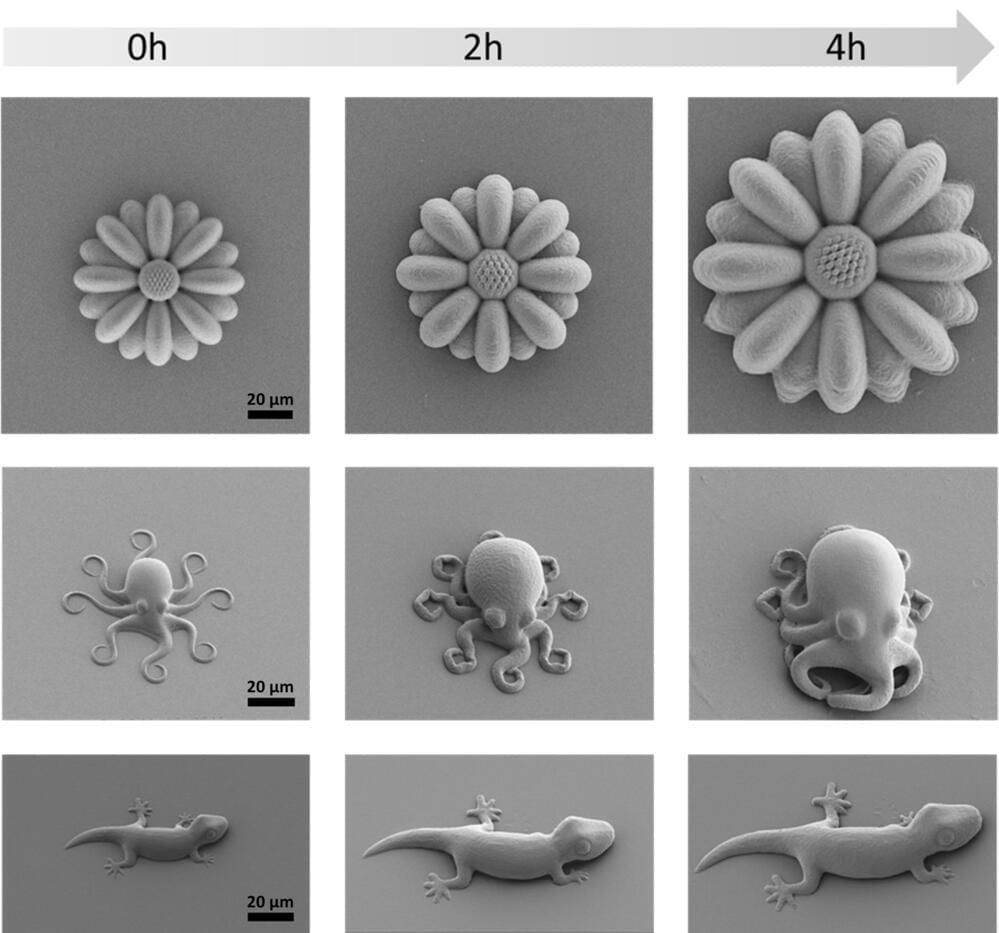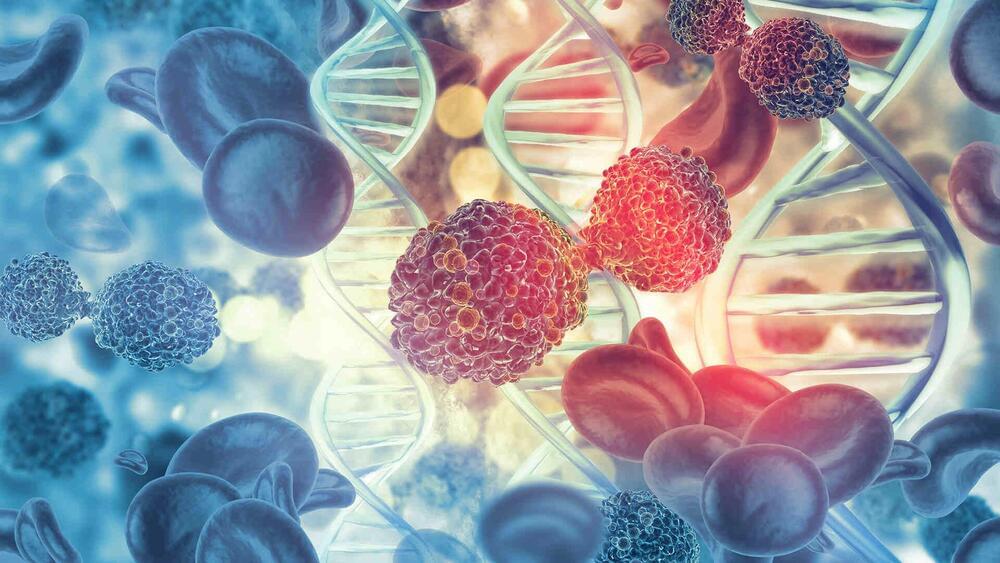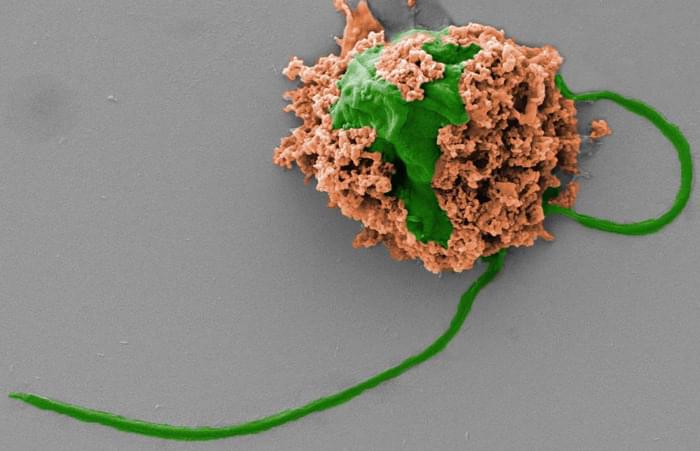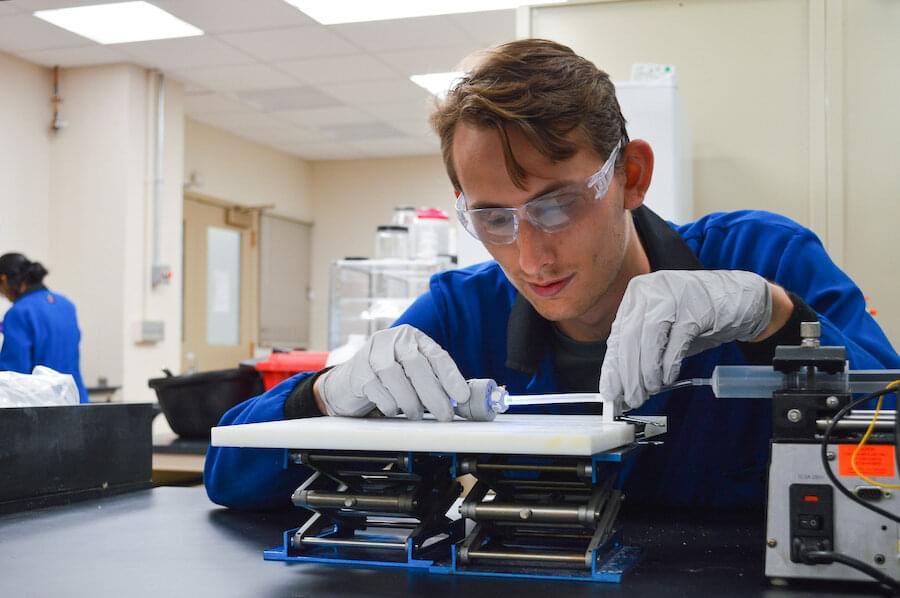Oct 5, 2022
Researchers develop new tool for targeted cell control
Posted by Saúl Morales Rodriguéz in categories: bioengineering, biotech/medical, chemistry, genetics
Thanks to new RNA vaccines, we humans have been able to protect ourselves incredibly quickly from new viruses like SARS-CoV-2, the virus that causes COVID-19. These vaccines insert a piece of ephemeral genetic material into the body’s cells, which then read its code and churn out a specific protein—in this case, telltale “spikes” that stud the outside of the coronavirus—priming the immune system to fight future invaders.
The technique is effective, and has promise for all sorts of therapies, says Eerik Kaseniit, Ph.D. student in bioengineering at Stanford. At the moment, though, these sorts of RNA therapies can’t focus on specific cells. Once injected into the body, they indiscriminately make the encoded protein in every cell they enter. If you want to use them to treat only one kind of cell—like those inside a cancerous tumor—you’ll need something more precise.
Kaseniit and his advisor, assistant professor of chemical engineering Xiaojing Gao, may have found a way to make this possible. They’ve created a new tool called an RNA “sensor”—a strand of lab-made RNA that reveals its contents only when it enters particular tissues within the body. The method is so exact that it can home in on both cell types and cell states, activating only when its target cell is creating a certain RNA, says Gao. The pair published their findings Oct. 5 in the journal Nature Biotechnology.

















